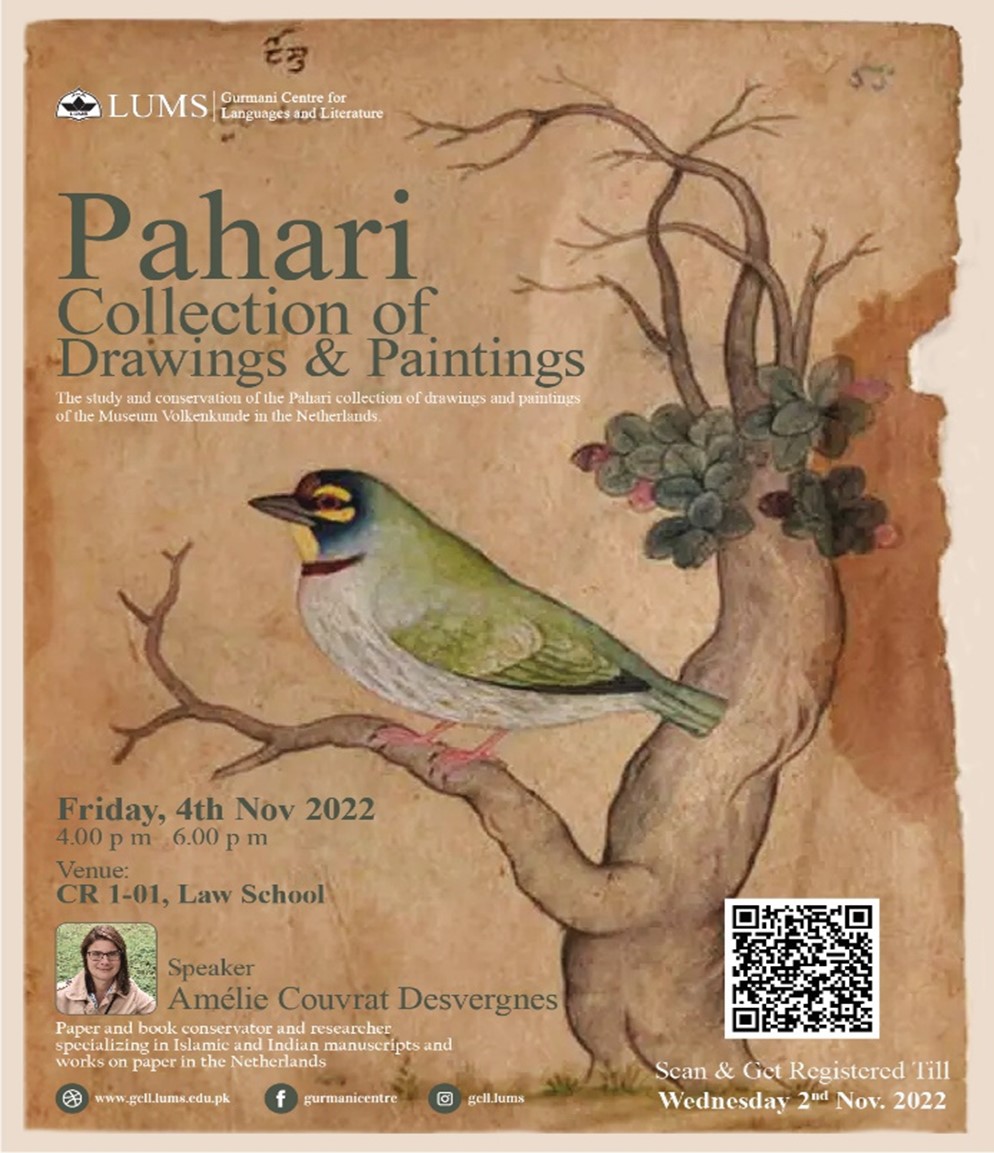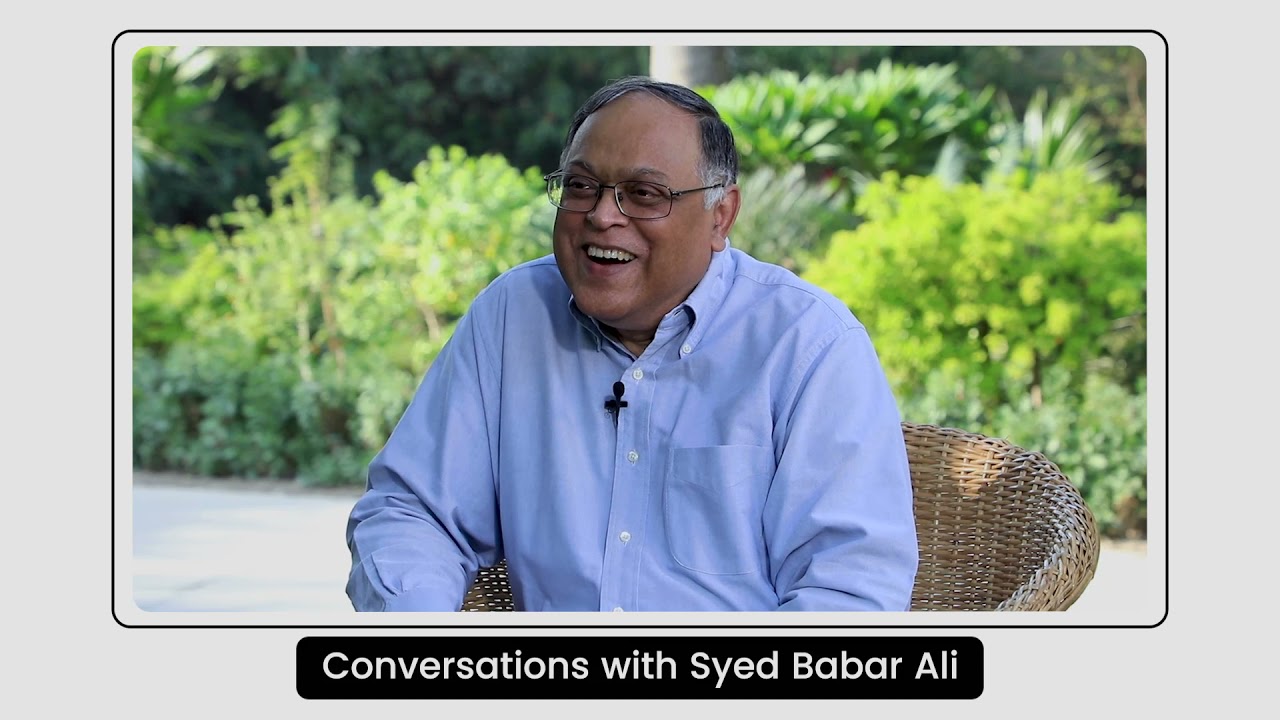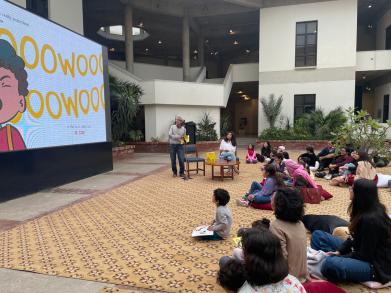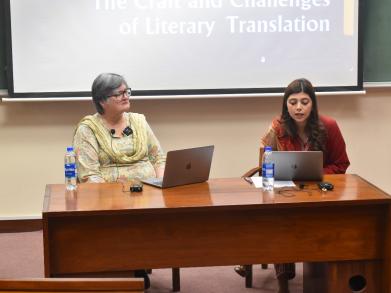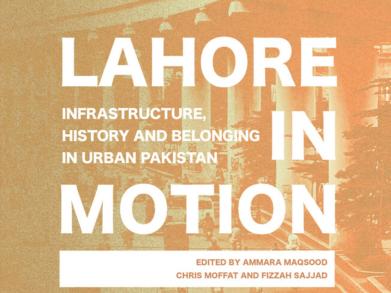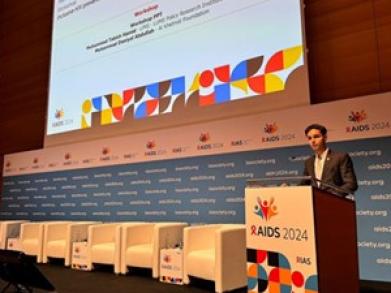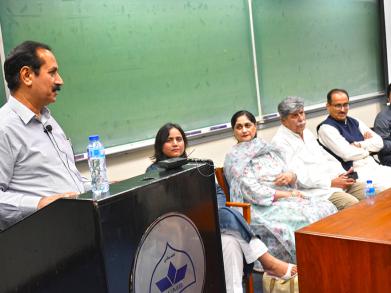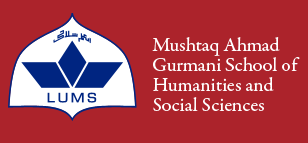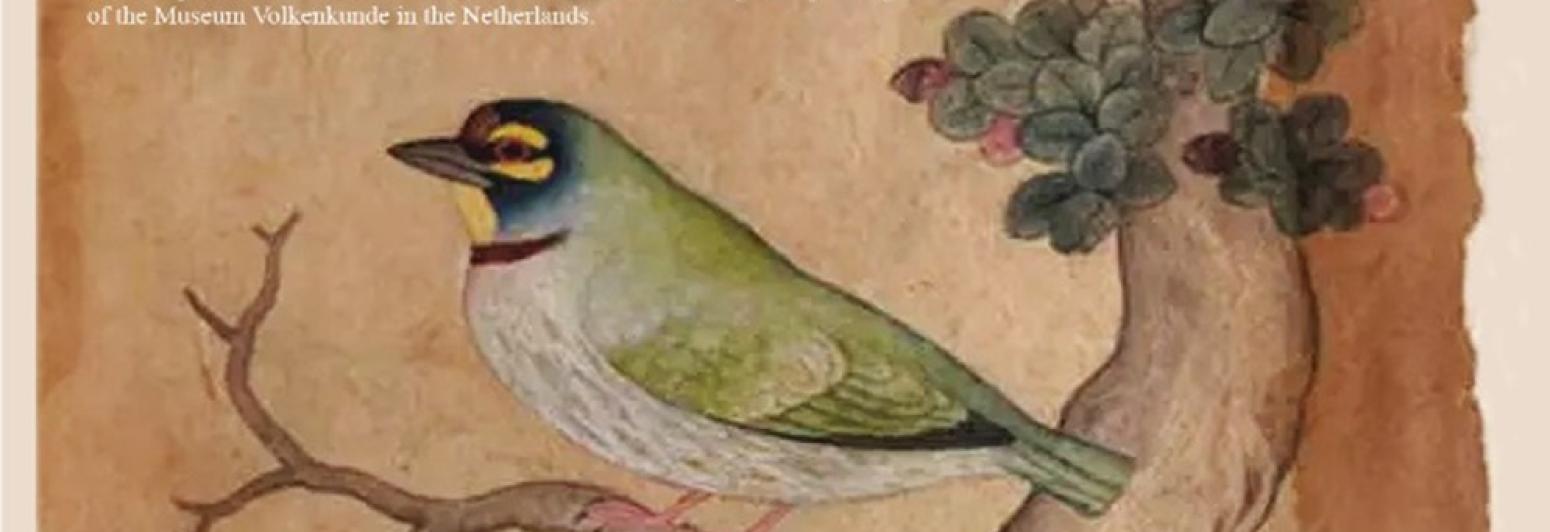
to
The Gurmani Centre for Languages and Literature is pleased to invite you to a session discussing “The study and conservation of the Pahari Collection of Drawings and Paintings of the Museum Volkenkunde in the Netherlands”.
To register for this session, please Click Here as the deadline to register is 2nd Nov 2022.
Amélie Couvrat Desvergnes is an independent paper and book conservator and researcher specializing in Islamic and Indian manuscripts and works on paper in the Netherlands. She has served the Qatar Museum of Islamic Art and the Rijksmuseum in Amsterdam as a conservator and has taught at the Master of Conservation in Paris and Amsterdam. She has written several articles in conservation, scientific and interdisciplinary journals. She is currently conducting a conservation and research project on the Pahari drawings and miniature paintings in the Museum Volkenkunde in Leiden, the Netherlands.
Abstract:
The Museum Volkenkunde (Museum of the World Cultures) in Leiden has around 140 drawings and paintings from the Punjab and the Pahari hills (today Himachal Pradesh and Uttarakhand) commonly referred to as “Pahari miniature painting”. The word "Pahar", which means ‘from the hills’, refers to the western foothills of the Himalayas. The collection covers a wide variety of themes (Hindu stories, vernacular poetry, portraits of rulers and historical figures) and echoes the interactions between indigenous traditions and Mughal culture. In addition, some of the works reflect Western influences, whether in themes and depictions or in the production of so-called "corporate paintings" made for Europeans. The collection as a whole is a considerable visual resource that illustrates the history and traditions of the region and showcases Indian craftsmanship. The project, which began in 2020, has three components. First, research is being conducted on the provenance of the collection and how Jean-Philippe Vogel, a Dutch epigraphist and archaeologist, built up his collection while serving as Superintendent of the Archaeological Survey of India between 1900 and 1913. Next, a study is made of the materials and techniques used by the Pahari artists, with particular attention paid to the types of handmade paper used. Finally, conservation treatments are carried out to make the works available for future exhibitions and research. The presentation is intended to provide an overview of all three aspects of the project and to provide the public with a vivid presentation of the visual culture of the Pahari region.
